Rivet tools come in different configurations with different power profiles. While toolmakers have been focusing on developing a new generation of lighter, portable tools, structural blind rivet tools remain in high demand. There are no better tools for critical product assembly, maintenance, metalwork, truck and transit work, and setting industrial rivets.
Read MoreLooking for something specific?
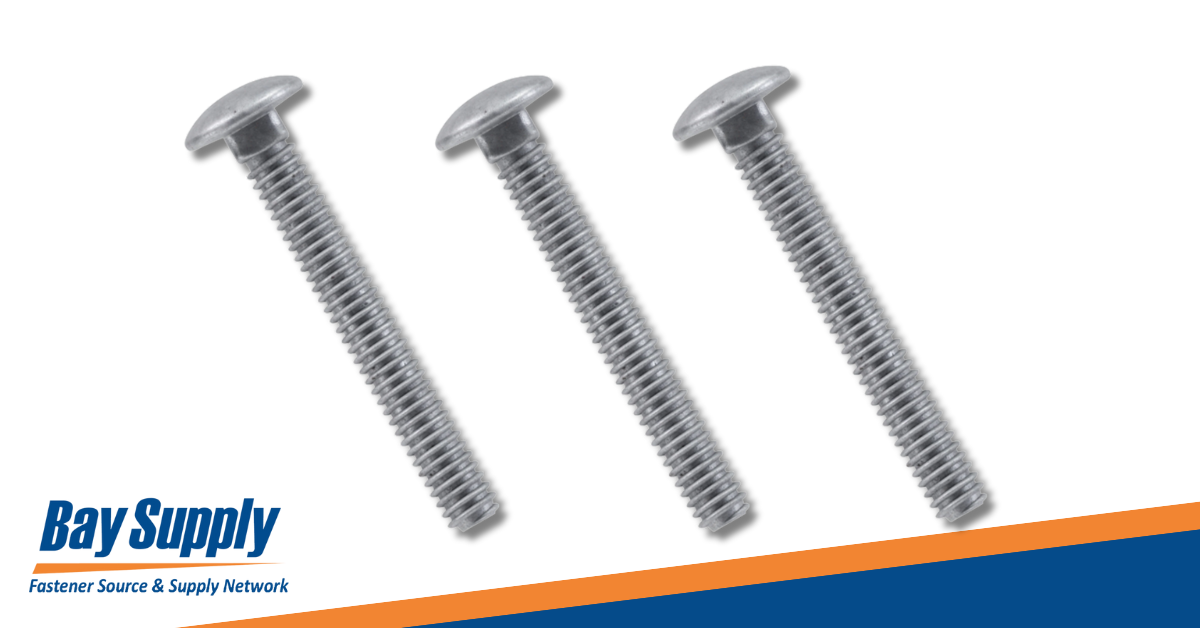
Six Things to Look for When Buying Fasteners Online
Rivets, blind fasteners, and lockbolts may seem to be insignificant, but they are literally the parts that hold things together. Whether you work in manufacturing, construction, shipbuilding, solar installation, or another industry, having the right fastener in stock is what keeps you productive. More professionals are purchasing fasteners online to find the parts they need when they need them.
Read More
What You Need to Know About Choosing a Fastener Supplier
When choosing a fastener supplier, what is your primary criterion? Many buyers look for the best price and the fastest availability of parts. Selecting a vendor based on price and available inventory may get you out of a temporary jam if you need fasteners in a hurry to maintain production. Still, you need to consider other criteria when choosing a fastener supplier that can help you build your business.
Read More
Matching the Best Fasteners to 7 Industrial Applications
Manufacturers need different types of fasteners for industrial applications. Some jobs require closed-end rivets, and others need trifold rivets. Other products use general-purpose and high-clamp assemblies. You want to choose the right industrial fastener, whether you are manufacturing appliances, assembling recreational vehicles, or building computers. You also want to choose industrial fastener brands that work well together to ensure lasting performance.
Read More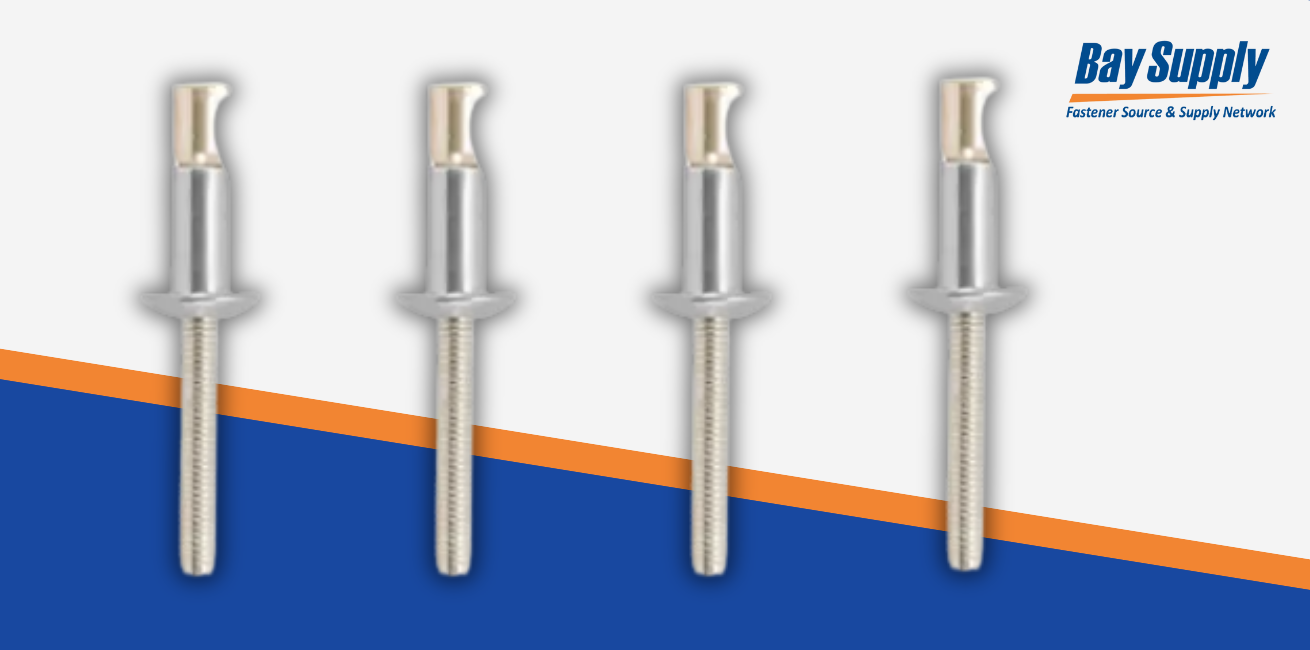
5 Common Misconceptions About How Blind Rivets Work
Blind rivets have been used for more than 100 years, but they’re still misunderstood. British inventor Hamilton Neil Wylie first patented the blind rivet design in 1916. Since then, blind fasteners have been used for everything from making automobiles to manufacturing appliances.
Read More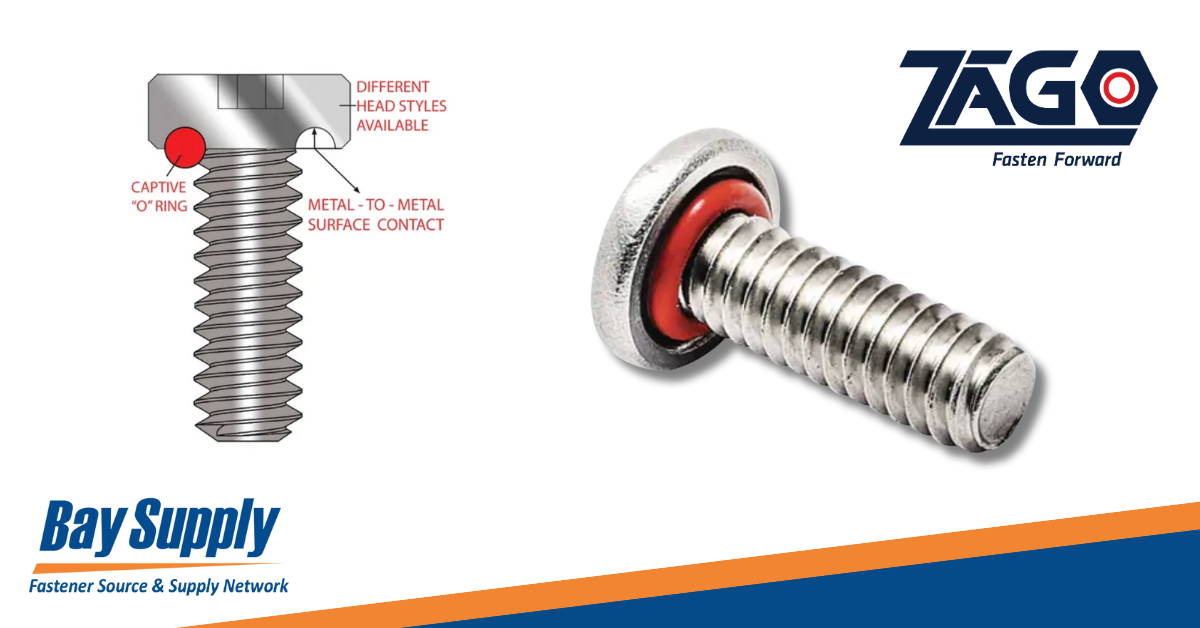
Why Engineers Trust ZAGO Manufacturing for Durable, High-Tech Sealing Solutions
There are specialty fasteners for every conceivable application, including fasteners that seal out moisture and can withstand harsh environments. For critical applications in aircraft, robotics, automobiles, military equipment, manufacturing, marine environments, and construction, you need fasteners that resist corrosion, withstand pressure fluctuations, and deliver lasting performance. That’s when engineers prefer ZAGO fasteners.
Read More.png)
Why Coil Thread Inserts Are Unique Among Fasteners
Threaded fasteners need a solid substrate for lasting performance. The threads must be solidly anchored in the material without loosening or pullout, which can be challenging with softer materials, such as wood and plastics. Threaded holes can also become stripped over time, requiring some way to restore the threads.
Read More
Emerging industries are continually finding new applications for commercial fasteners. The market for commercial solar installations has been booming in recent years, and manufacturers such as Howmet Aerospace have been developing new Huck brand adapters specifically for installing solar arrays. One of the latest innovations is the Huck BOMtail, designed specifically for commercial solar panels and trackers.
Read More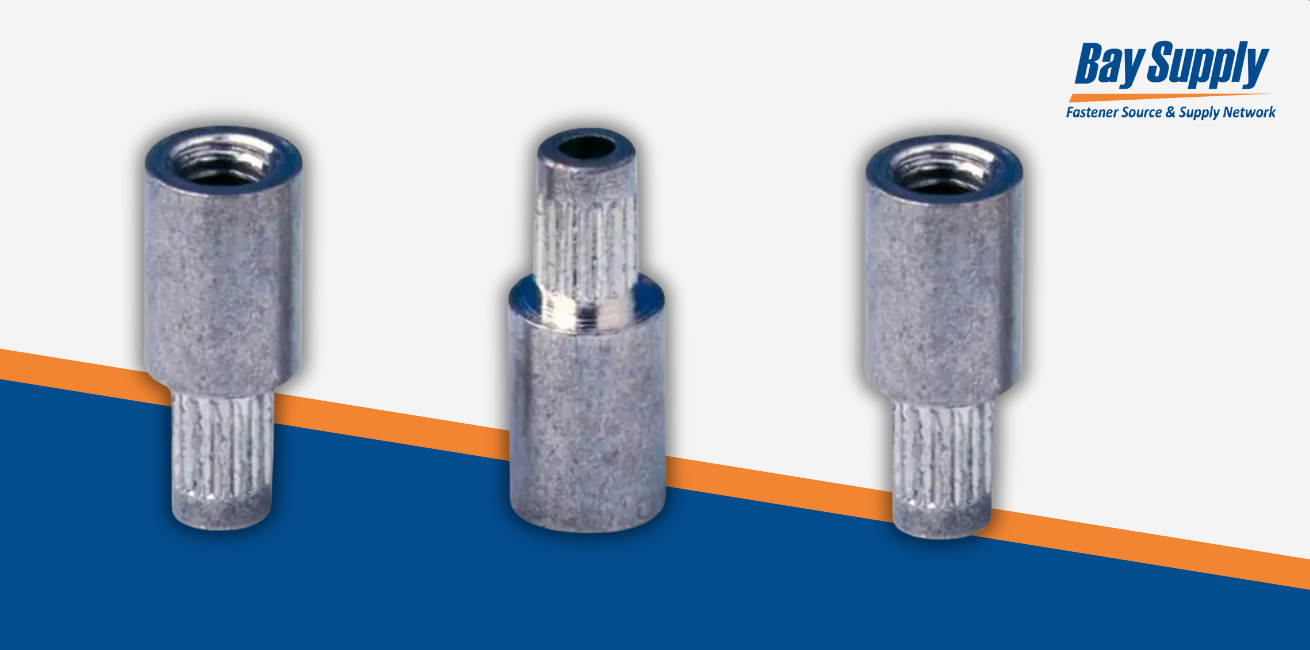
Accelerating Assembly with Speed Fasteners
Chances are, you will find fasteners used to assemble products in every factory. Nuts, bolts, anchors, lockbolts, and other industrial fasteners are essential to manufacturing everything from computers to airplanes.
Production lines that use precision manual processes tend to be slow and require workers to set and inspect fasteners one at a time. Automating the process saves time, labor, and money. However, to automate production, you need speed fasteners that shorten assembly time while ensuring consistent quality.
Read More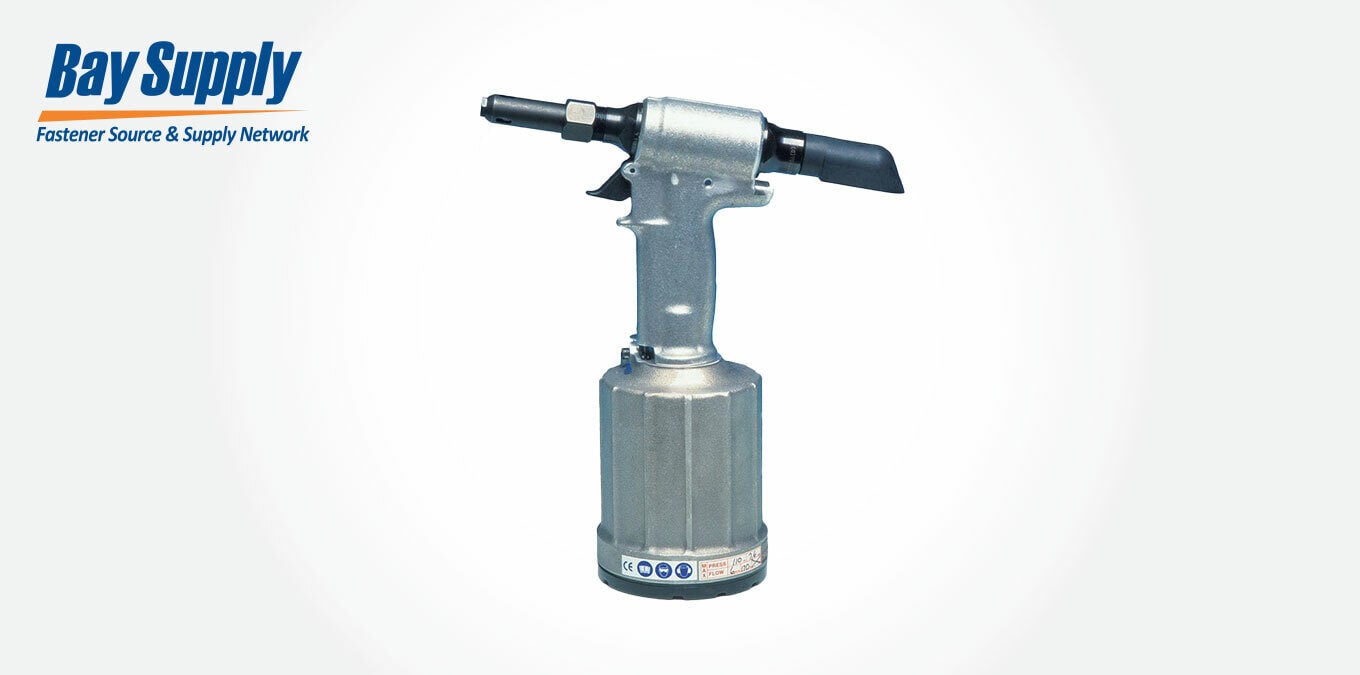
Huck Is Forever: Achieving Enduring Strength in Industrial Fastening Applications
When it comes to industrial fasteners, the primary goal is to create secure and lasting joints. Superior performance is the criterion for choosing the best fastener for any application. The fastener must maintain joint integrity over time, especially for applications in which added stress and joint failure could be disastrous. That’s why Huck fasteners have become so popular.
Read Morecurrent_page_num+2: 3 -

